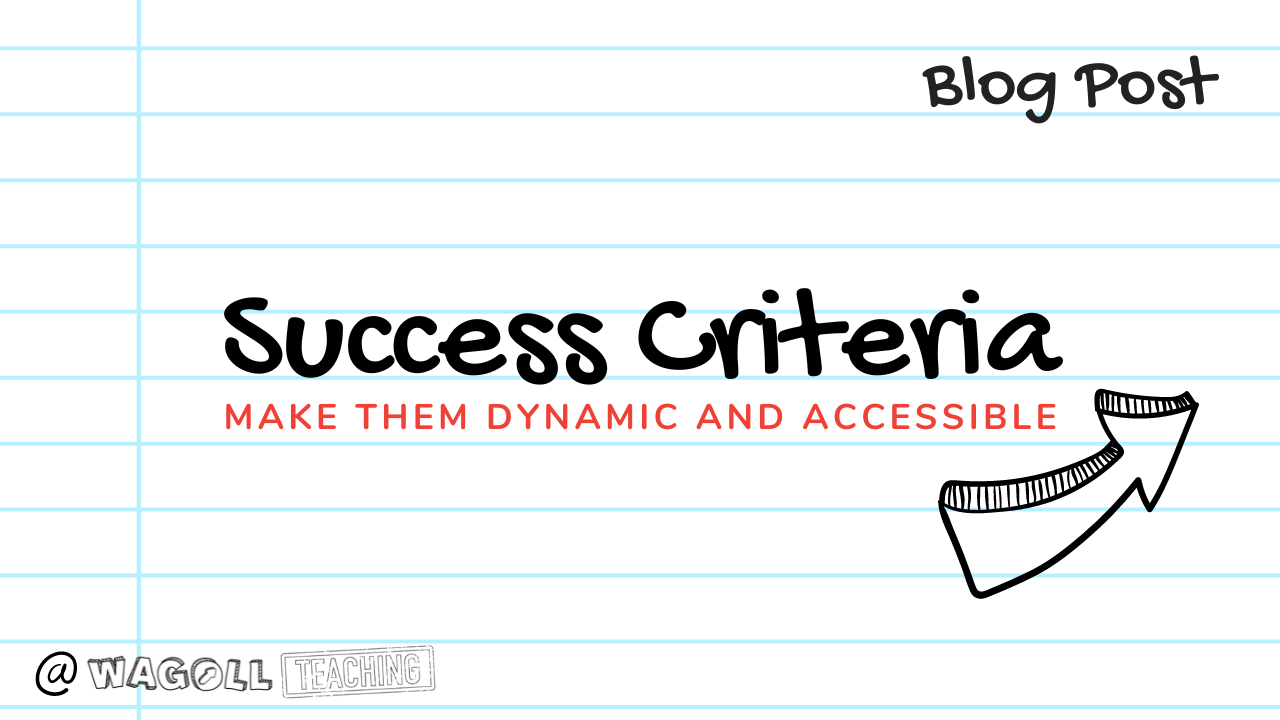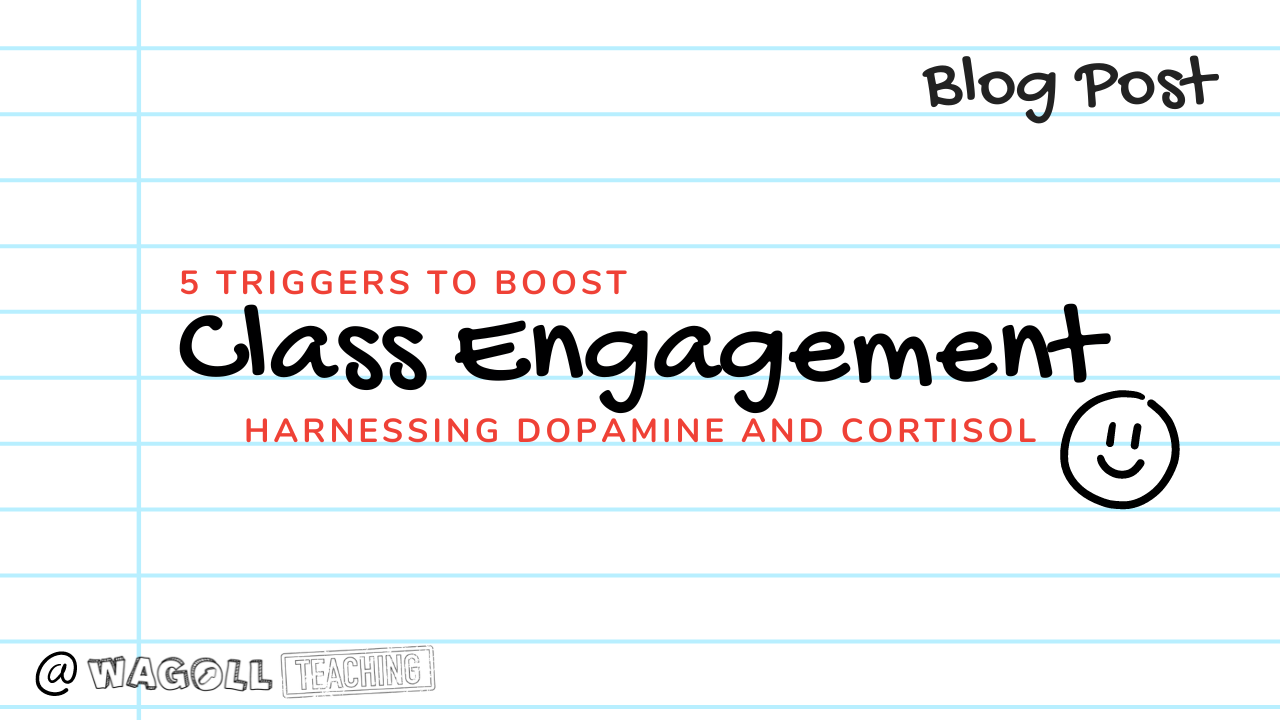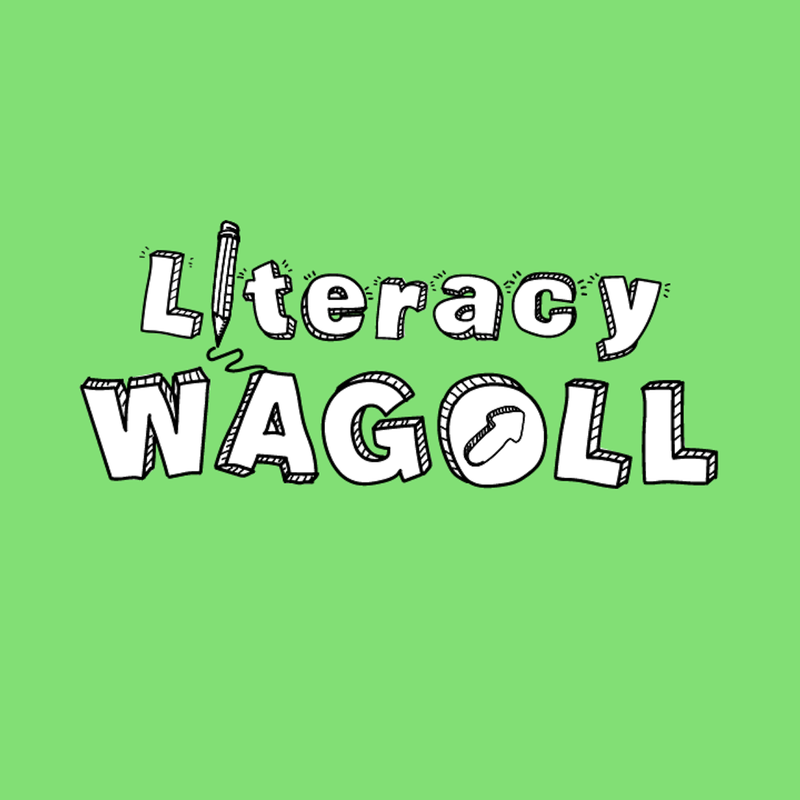|
Success criteria provides clarity to both teachers and students about what is to be achieved during a sequence of learning. As Nick Hart explains 'in most situations, it is better to have clarity rather vagueness'. Which is reason enough for success criteria to exist in most, if not all, lessons. Clarity helps students understand what is expected of them and guides them towards achieving learning objectives or intentions - whatever you like to call it.
However, picture being sat in the car on your first day of your driving lessons and being told that today's objective is to find the 'biting point'. For many driving novices, this objective will mean nothing without context. In contrast, if the instructor sits in the driving seat, pushes down on the accelerator, and lifts the clutch slightly so that the car leans forward, and then says, "Today, you are going to learn how to do this," we have clarity! Too often, success criteria are shared with little context or meaning for students who are most probably novices in the subject that we are teaching. By presenting success criteria in a more dynamic and relevant medium, meaning can be made and links can be made to prior learning. Success criteria need to be made domain, subject, and age group specific. It is well worth thinking carefully about this when planning lessons.
0 Comments
As a teacher, capturing and maintaining your students' attention is crucial for effective teaching and learning. Understanding the complex relationship between hormones like dopamine and cortisol, and attention can assist with lesson planning. Dopamine, associated with pleasure and reward, plays a critical role in reinforcing positive behaviours and enhancing immediate attention. In contrast, cortisol, the "stress hormone", can either enhance or impair short-term attention depending on its level. By leveraging this knowledge, teachers can create a learning environment that promotes optimal learning and memory performance, and helps students maintain focus and engagement in the classroom. But what is the connection between dopamine, cortisol, and attention, and how can this knowledge be applied to teaching practices to keep students engaged and attentive?
|
SearchWith a keen interest in the neuroscience and psychology of learning, WAGOLL Teaching is about sharing research alongside great, simple teaching ideas to a global teaching community.
Ben has been in education for over 10 years and is passionate about simplifying high quality teaching and learning through innovative and practical approaches in the classroom. sUBSCRIBE |
|
Who are we? |
With a keen interest in the neuroscience and psychology of learning, WAGOLL Teaching is about sharing research alongside great, simple teaching ideas to a global teaching community.
|
All copyright reserved ©.
I would like to remind all visitors to this website that all pages on this site are copyright protected, unless stated. Most importantly, this site is for the use and enjoyment of all children, parents, guardians, carers and teachers who are involved in WAGOLL Teaching. Please use the resources/ideas as you need without replicating them for your own gains.
I would like to remind all visitors to this website that all pages on this site are copyright protected, unless stated. Most importantly, this site is for the use and enjoyment of all children, parents, guardians, carers and teachers who are involved in WAGOLL Teaching. Please use the resources/ideas as you need without replicating them for your own gains.










 RSS Feed
RSS Feed


